Rebuild and Renew: 7 Pelvic Floor Exercises to Enhance Your Postpartum Wellness!
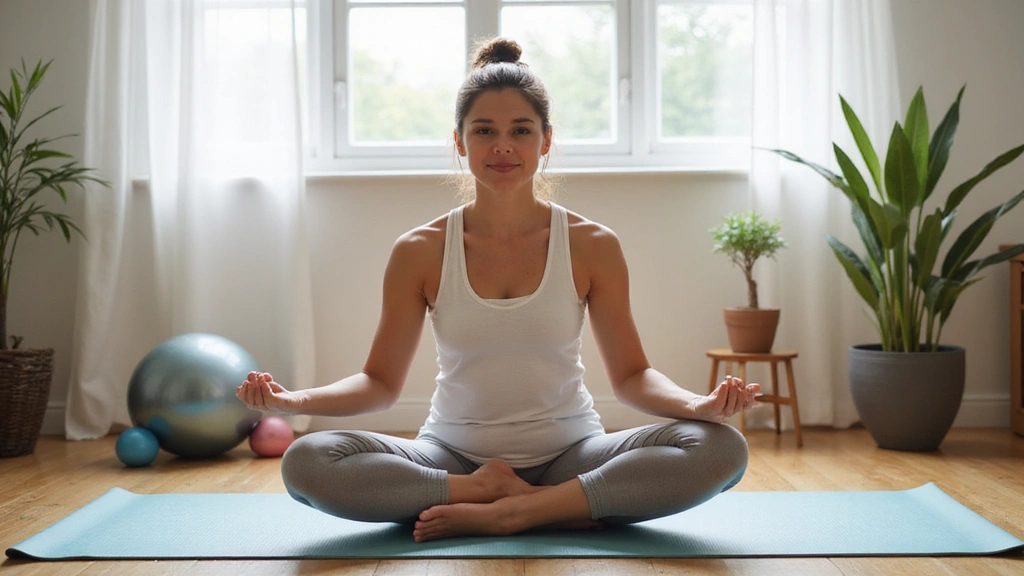
Navigating the journey of motherhood is both transformative and challenging, especially when it comes to physical recovery after childbirth.
One of the most crucial aspects of postpartum wellness is pelvic floor rehabilitation, which plays a vital role in regaining strength and confidence.
In this article, we will explore seven effective pelvic floor exercises designed specifically for new moms, empowering you to embrace your fitness journey and reclaim your body.
Each exercise is accompanied by vivid visuals and helpful tips to guide you through this essential aspect of your postnatal fitness routine.
1. Kegel Exercises: The Foundation of Pelvic Floor Strength
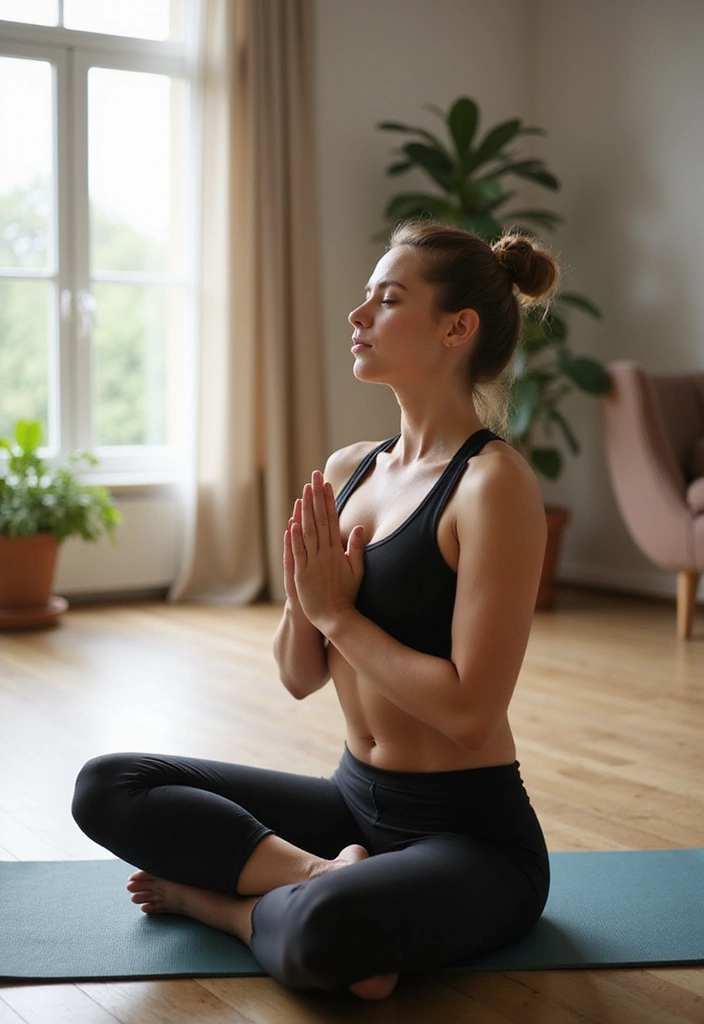
Kegel exercises serve as a fundamental practice for pelvic floor rehabilitation, making them ideal for new mothers eager to restore strength and control in their pelvic muscles.
These exercises involve the rhythmic contraction and relaxation of the pelvic floor muscles, which can significantly improve bladder control and enhance intimacy. To perform a Kegel, find a comfortable position, tighten the pelvic muscles as if trying to stop the flow of urination, hold for a few seconds, and then release.
To further support your journey, consider incorporating Kegel exercise balls or a pelvic floor trainer into your routine for added resistance and guidance.
As you become more comfortable, aim to gradually increase the duration and frequency of your Kegel exercises. A fitness tracker can help monitor your progress, while wearing comfortable yoga pants will ensure you feel relaxed and supported during your practice.
Additionally, consider reading an instructional postpartum recovery book to deepen your understanding of postpartum wellness and pelvic floor health.
Product Recommendations:
• Kegel exercise balls
• pelvic floor trainer
• instructional postpartum recovery book
2. Bridge Pose: Strengthening the Core and Pelvic Floor
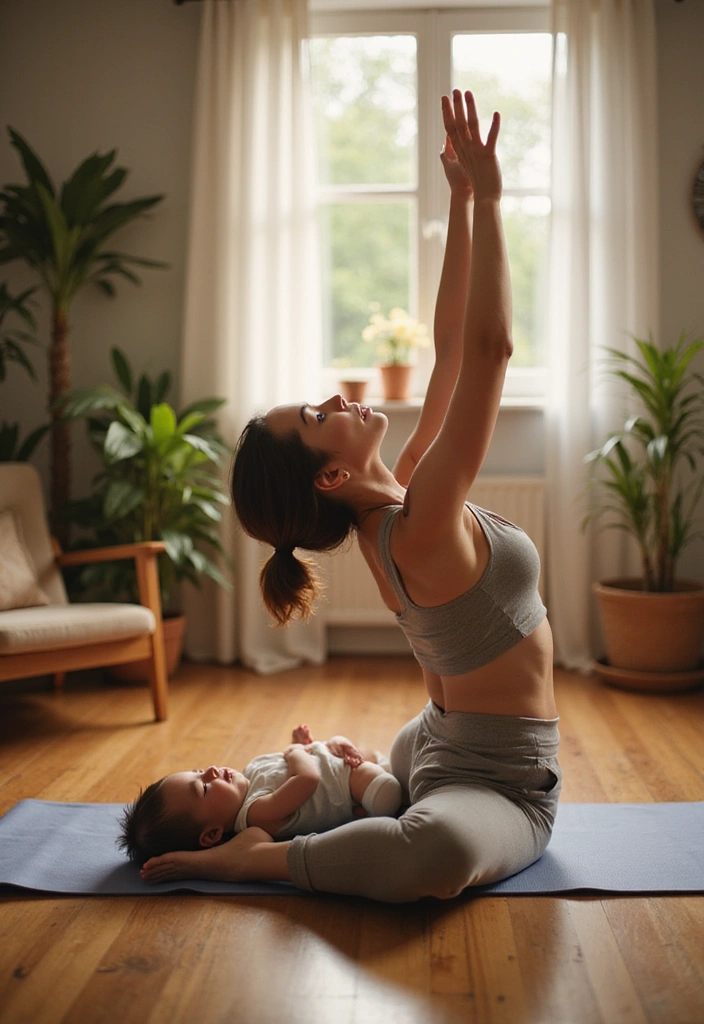
The Bridge Pose is a fantastic exercise that effectively engages both your core and pelvic floor muscles, promoting strength and stability in your postpartum wellness journey.
To perform this pose, lie on your back with your knees bent and feet flat on the floor. As you lift your hips towards the ceiling, remember to squeeze your pelvic muscles for maximum benefit.
This exercise not only enhances pelvic floor strength but also stretches the hips and lower back, contributing to overall body balance.
To make your practice even more comfortable, consider using a high-quality yoga mat.
For those looking to deepen their understanding of postpartum exercises, a comprehensive postpartum fitness guide can provide valuable insights.
In addition, incorporating resistance bands into your routine can enhance the effectiveness of the Bridge Pose.
Lastly, a yoga block can offer extra support, making it easier to maintain proper form while focusing on your breath and keeping your shoulders relaxed.
Product Recommendations:
• yoga mat
• postpartum fitness guide
• resistance bands
3. Squats: Building Lower Body Strength
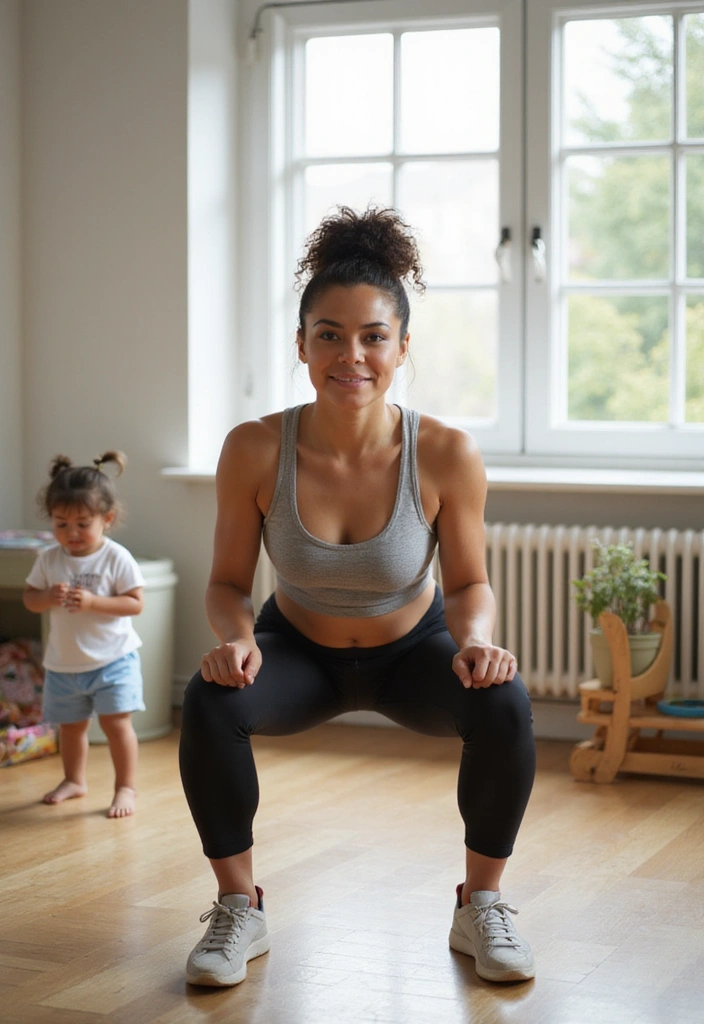
Squats are an incredibly effective exercise that not only strengthens your lower body but also actively engages your pelvic floor muscles, making them a perfect addition to your postpartum wellness routine.
To perform a squat, stand with your feet shoulder-width apart, lower your body into a sitting position, and remember to squeeze your pelvic muscles as you rise back up. This functional movement not only tones your legs but also enhances your balance and stability, which are crucial during the postpartum recovery phase.
For added support and resistance, consider incorporating resistance bands into your workout. Wearing a pair of comfortable supportive sneakers can also help you maintain proper form and prevent injuries.
Tracking your progress with a fitness tracker can motivate you to stay consistent with your routine. Additionally, a postpartum recovery book can provide you with valuable insights and tips to enhance your overall fitness journey.
Lastly, incorporating a stability ball into your squats can help improve your core strength and stability, making daily activities feel easier and more manageable as you progress on your path to wellness.
Product Recommendations:
• resistance bands
• supportive sneakers
• stability ball
4. Cat-Cow Stretch: Enhancing Flexibility and Relaxation

The Cat-Cow stretch is a gentle yet effective exercise that promotes spinal flexibility while simultaneously engaging the pelvic floor. This rhythmic transition between an arched back (Cow) and a rounded back (Cat) is perfect for postpartum wellness, as it allows for both relaxation and muscle engagement.
To enhance your practice, consider using a high-quality yoga mat for added comfort and stability. Pair this with an instructional yoga video to guide you through the movements, ensuring you get the most out of each session.
For a soothing atmosphere, a calming essential oil diffuser can help create a serene environment, allowing you to focus on your breath and body connection. Finally, wearing comfortable workout clothes will keep you feeling relaxed and unrestricted as you flow through this revitalizing exercise. Don’t forget to use a yoga strap to assist with your stretches, enhancing flexibility and reducing any strain. This holistic approach not only alleviates tension but also fosters a deeper connection with your body, helping to center your mind during your postpartum journey.
Product Recommendations:
• yoga mat
• instructional yoga video
• calming essential oil diffuser
5. Side-Lying Leg Lifts: Targeting the Hip Muscles
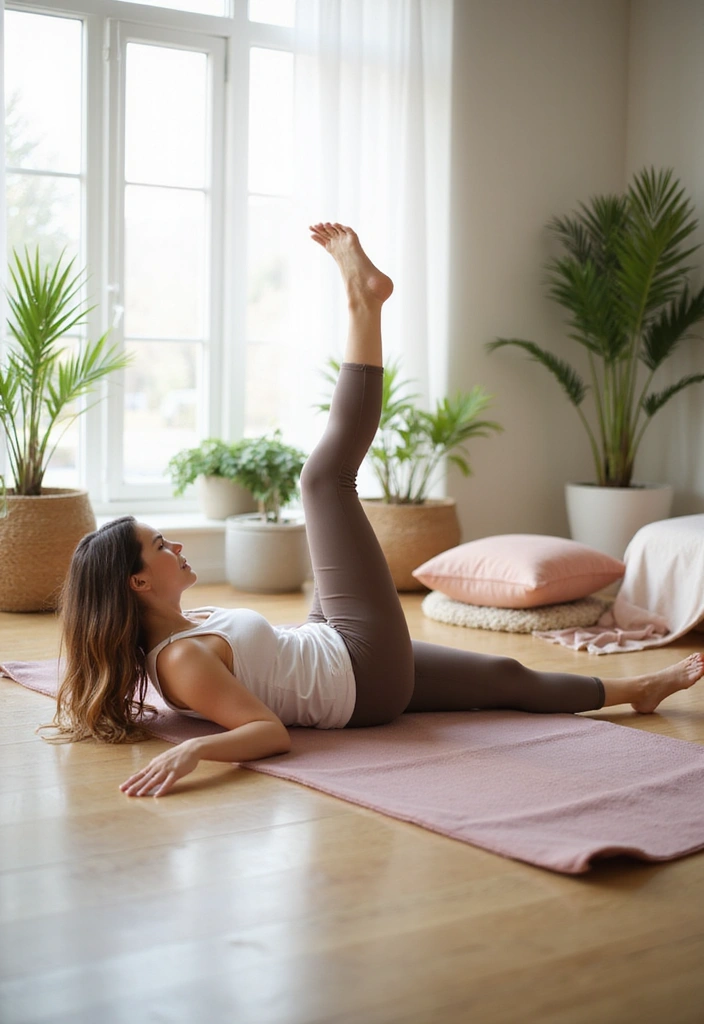
Side-lying leg lifts are an excellent exercise for targeting the hip muscles while simultaneously engaging the pelvic floor, making it a comprehensive addition to your postpartum workout routine.
To perform this exercise, lie on your side with your legs extended and your yoga mat underneath you for comfort. As you lift your top leg, ensure that your core remains tight and your pelvic muscles are engaged.
Incorporating ankle weights can increase the difficulty and effectiveness of this exercise, helping to strengthen your hips even further.
Not only does this movement enhance stability and balance, which is especially beneficial during the postpartum period, but it also complements a holistic approach to fitness. For guidance on incorporating these exercises into your regimen, consider using a postpartum fitness guide.
To ensure comfort while exercising, wear comfortable leggings that allow for freedom of movement. Finally, a foam roller can be a great tool for post-exercise recovery, helping to relieve muscle tension and promote relaxation. Aim for several repetitions on each side to fully engage and strengthen these often-neglected muscles.
Product Recommendations:
• Yoga mat
• Ankle weights
• Foam roller
6. Pelvic Tilts: Reconnecting with Your Core

Pelvic tilts are a straightforward yet powerful exercise to help you reconnect with your core and pelvic floor muscles after giving birth.
To perform this exercise, lie on your back with your knees bent. Gently tilt your pelvis upward while engaging your core, then return to a neutral position. This movement not only supports core strength but can also alleviate back pain, which is essential for managing daily activities as a new mom.
Consider using a comfortable yoga mat to provide cushioning during your practice. You might also want to incorporate a stability ball for added support and engagement of your core muscles.
For a deeper understanding of postpartum recovery, check out this postpartum recovery book that can guide you through your fitness journey. Lastly, wearing supportive sneakers can enhance your comfort during exercises, and tracking your progress with a fitness tracker can help keep you motivated.
Incorporating pelvic tilts into your routine encourages body awareness and contributes positively to your overall fitness as a new mom.
Product Recommendations:
• Yoga mat
• stability ball
• fitness tracker
7. Diaphragmatic Breathing: The Core of Relaxation
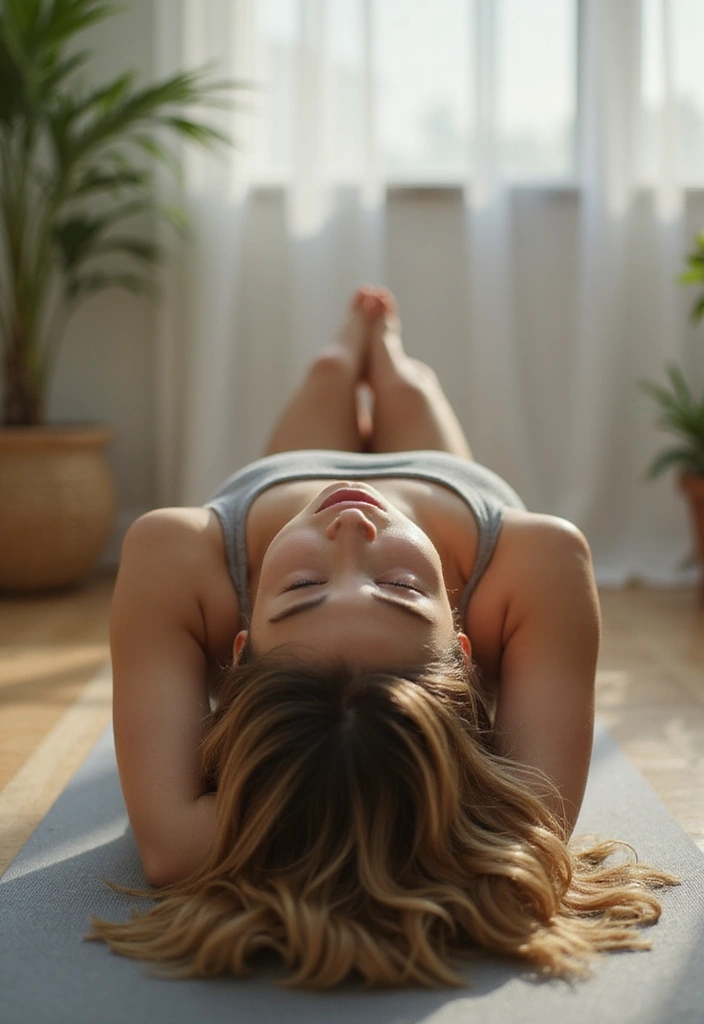
Diaphragmatic breathing is an incredibly effective yet often underestimated technique that plays a vital role in pelvic floor rehabilitation. This exercise promotes deep, full breaths that engage the diaphragm, helping to relax the pelvic floor muscles and facilitate recovery.
To get started, lie comfortably on your back with your knees bent, placing one hand on your chest and the other on your belly. As you inhale deeply, concentrate on expanding your belly, and during the exhale, gently draw your belly button toward your spine.
Enhancing your practice can be achieved with a high-quality yoga mat that provides support and comfort.
Additionally, creating a calming environment with a calming essential oil diffuser can help further relax your mind and body.
For a more comprehensive approach to your recovery, consider a postpartum recovery guide to learn more about your body's needs during this transitional period.
Lastly, a subscription to a meditation app can provide you with valuable resources to enhance your mindfulness practice. This exercise not only calms the mind but also supports your overall wellness journey postpartum.
Product Recommendations:
• yoga mat
• calming essential oil diffuser
• postpartum recovery guide
Conclusion

Embracing your postpartum fitness journey is an empowering step towards reclaiming your body and enhancing your overall wellness.
These seven pelvic floor exercises not only support physical recovery but also foster mindfulness and connection with your body.
Remember to listen to your body and progress at your own pace as you rebuild and renew after childbirth.